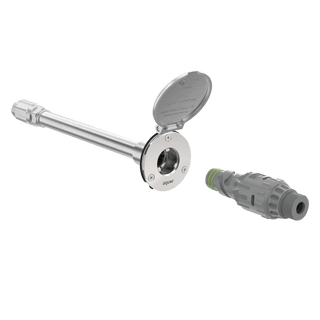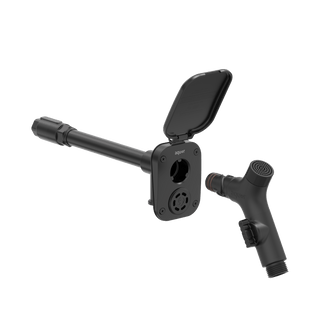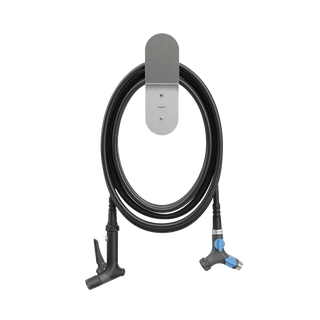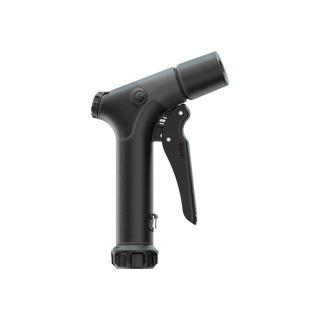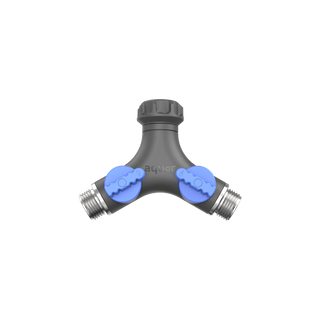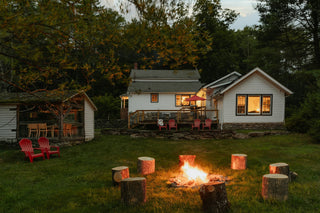Pros & Cons of Wet Room Bathrooms + How to Make the Most of Yours
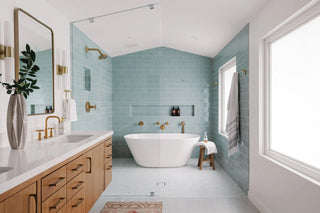
Wet room bathrooms have become increasingly popular due to their modern, sleek layout. Like any design choice, they come with their own set of advantages and disadvantages.
We compiled several pros and cons to consider, but first, what exactly is a wet room?
A wet room is a bathroom with an open-concept design. The shower typically has no tray—and often no door— resulting in a consistent, level floor throughout the entirety of the bathroom.
 Designer and image credit: Rejuvenation
Designer and image credit: Rejuvenation
Pros
Accessibility: Wet rooms are often easier to access for people with mobility issues or disabilities since they’re level, eliminating the need for a step or threshold.
Space Utilization: Since they don't require space for a separate shower enclosure, wet rooms can make smaller bathrooms appear larger and can have more versatile layouts.
Aesthetics: Wet rooms can offer a contemporary, minimalist aesthetic that appeals to many homeowners, with sleek lines and minimal clutter.
Easy to Clean: With fewer nooks and crannies compared to traditional bathrooms, wet rooms are generally easier to clean and maintain. There are no shower doors or curtains to clean, and the whole space can be washed down with ease—Aquor hydrants have been installed in wet rooms for super quick cleanup.
Customization: Wet rooms offer flexibility in terms of design and customization, allowing homeowners to create a unique and personalized space that suits their preferences. Freestanding soaking tub in a cozy space? Yes please! 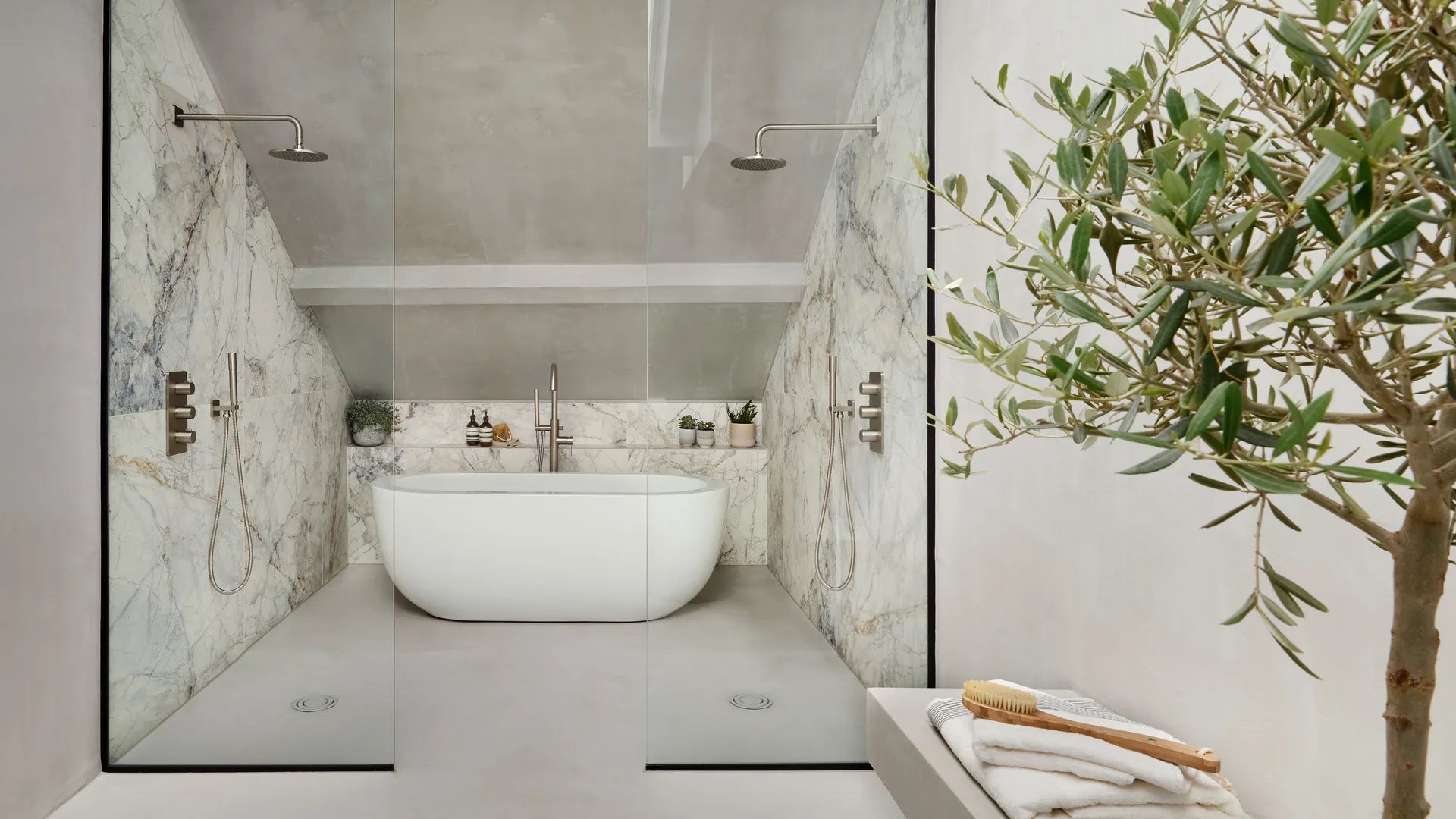 Image credit: Darren Chung
Image credit: Darren Chung
Cons
Cost: Wet rooms can be more expensive to install compared to traditional bathrooms due to the need for waterproofing materials, specialized flooring, and proper drainage systems.
Waterproofing Concerns: Proper waterproofing is crucial in wet rooms to prevent water damage and mold growth. If not installed correctly, leaks can occur, leading to costly repairs.
Potential for Slippery Floors: Since the entire bathroom floor can get wet during showering, there is an increased risk of slipping, especially if the flooring material chosen does not provide enough traction.
Moisture Control: Adequate ventilation is essential in wet rooms to prevent moisture buildup, which can lead to mold and mildew growth. Without proper ventilation, humidity levels can become uncomfortably high.
Limited Privacy: Wet rooms typically lack the privacy offered by traditional shower enclosures or curtains, which may not be suitable for all users, especially in shared living situations.
Overall, wet rooms can be stylish and functional additions, although it's important to carefully consider the potential drawbacks before deciding if they are the right choice for your home.
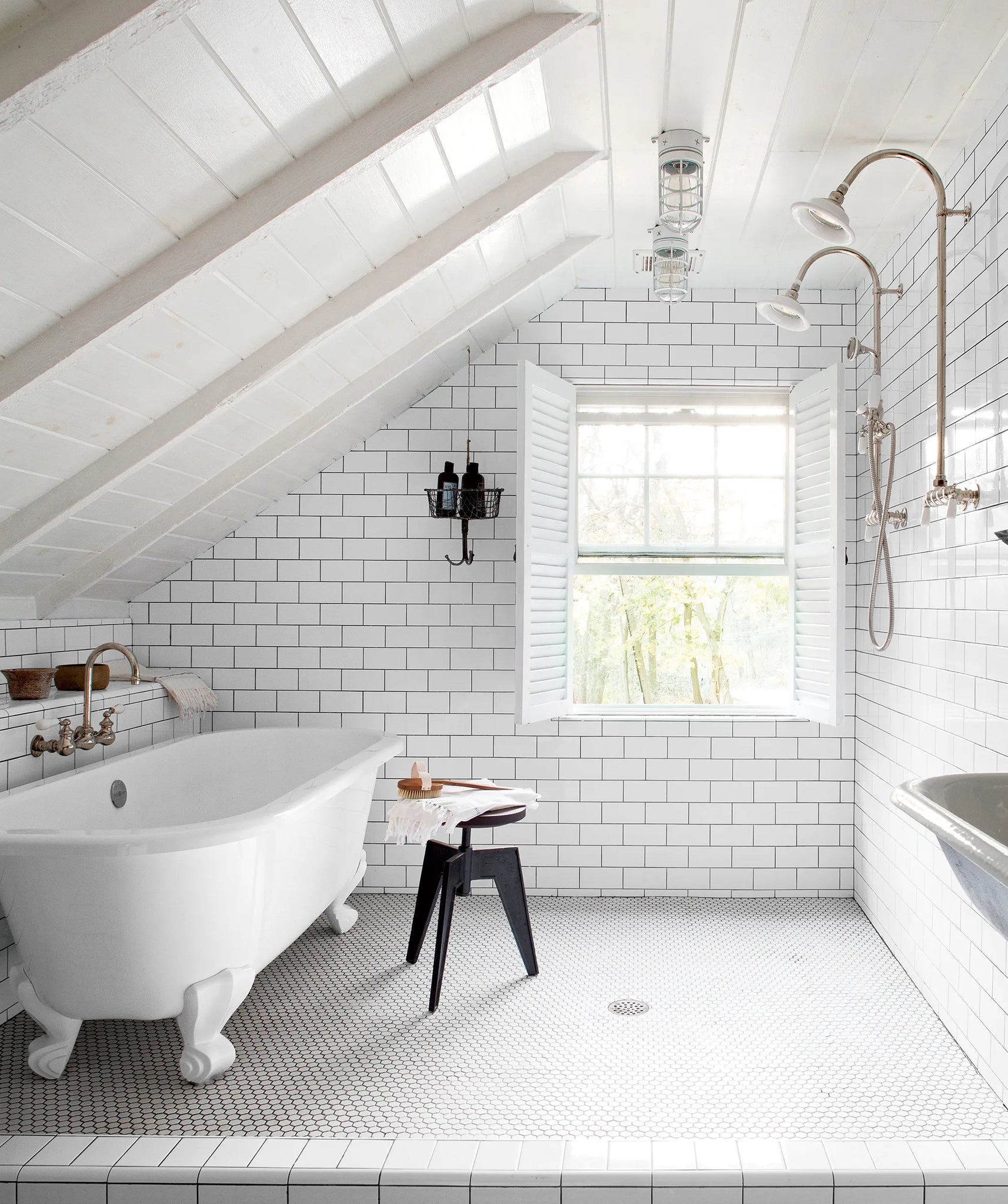 Image credit: Max Kim-Bee / Designed by: Leanne Ford
Image credit: Max Kim-Bee / Designed by: Leanne Ford
If you do decide to go the wet room route, making the most out of this bathroom style requires meticulous planning to ensure functionality and desired aesthetics. Here are some tips to help you maximize the potential of your wet room:
Layout Optimization: Consider the layout of your wet room to make the most efficient use of space. Plan the placement of fixtures such as the shower, toilet, and sink to maximize available space while maintaining a sense of openness.
Material Selection: Select materials that are suitable for wet environments and easy to maintain. Waterproof flooring such as tiles, stone, or vinyl is essential for durability and preventing water damage. Non-porous surfaces for walls and fixtures will also help minimize maintenance.
Drainage Installation: Proper drainage is crucial in wet rooms to prevent puddling and ensure efficient water removal. Install a high-quality floor drain that can handle the flow of water, and slope the floor toward the drain to encourage drainage.
Quality Waterproofing: Ensure that your wet room is properly waterproofed to prevent leaks and water damage. Use waterproof membranes, sealants, and grouts to create a watertight barrier in key areas around the shower and walkways.
Good Ventilation: Proper ventilation is essential in wet rooms to control moisture levels and prevent mold and mildew growth. Install an exhaust fan or window to allow airflow and moisture removal. Consider adding underfloor heating to aid in drying, plus comfort! Who doesn't enjoy warm toes on a chilly morning.
Storage Maximization: Incorporate built-in storage solutions to keep your wet room organized and clutter-free. Consider recessed shelves or niches in the shower area for storing toiletries, and utilize vanity cabinets or wall-mounted shelves for additional storage space.
Lighting Placement: Lighting can have a significant impact on the ambiance and functionality of a wet room. Incorporate both task lighting for areas such as the shower and vanity, as well as ambient lighting to create a welcoming atmosphere. Consider installing waterproof LED fixtures for added durability and energy efficiency. These tips can be applied to regular bathrooms too!
Personal Touches: Incorporate personal touches and decorative elements to enhance the style and comfort of your wet room. Choose accessories such as towels, rugs, and artwork that complement your design aesthetic, and add plants or greenery to bring a touch of nature into the space.
By carefully planning your wet room bathroom, you can create a functional, stylish space that maximizes both usability and enjoyment.
Featured image credit: Angelica Hermann / Designed by: Alexandra Killion Interiors


